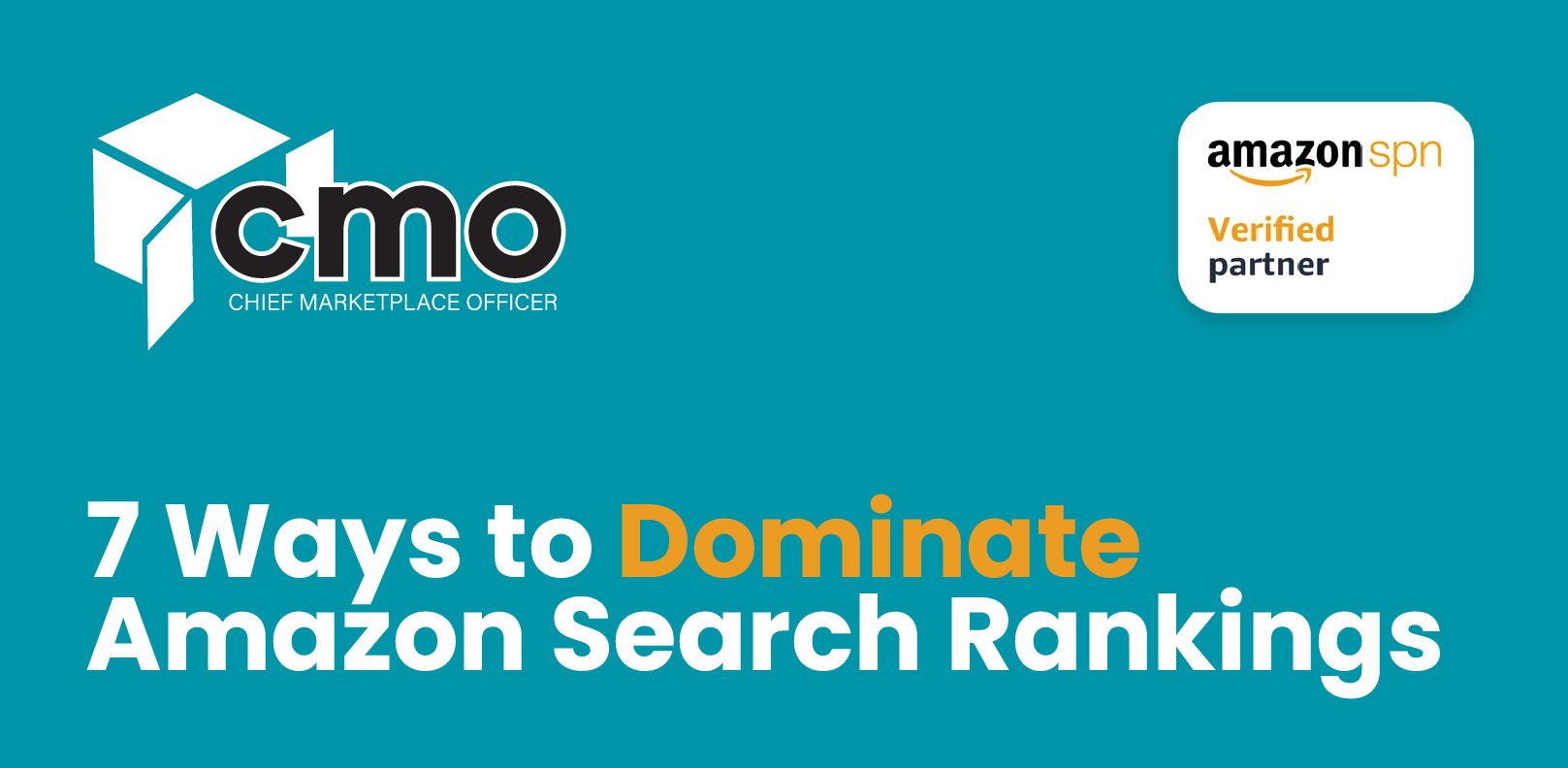Amazon PPC Campaigns: A Comprehensive Guide
In Amazon’s fierce competition, Pay-Per-Click (PPC) advertising campaigns have become indispensable tools for sellers seeking to drive traffic, improve their visibility, and increase revenues. Amazon offers a wide range of campaign types that are catered to target consumer behavior and search intent. Understanding these campaign types and how to leverage them effectively can be a game-changer for your business. In this article, we will look into each campaign type and how you can benefit from them. Let’s dive in!
Sponsored Products
The first type of PPC ad campaign is the Sponsored Products campaign type. This is probably the most common and widely used type of PPC campaign on Amazon. These ads appear and blend within the search results and often they resemble the organic listings, yet discreetly marked as “Sponsored.” This type of advertising can lead to targeted clicks and conversions.
One of the main features of this type of campaign is the Targeting Type. You can choose between Automatic and Manual Targeting. In Automatic Targeting, Amazon determines where your ads will appear by determining the relevant keywords for your product. Manual Targeting, on the other hand, gives you the freedom to select the relevant keywords to bid on.
Another feature of this type of campaign is within the Manual Targeting you can choose from Broad, Phrase, and Exact match typing to refine your targeting. This level of control allows for more precise targeting, ensuring your ads are shown to the most relevant customers.
In this type of campaign, Amazon gives you the option of where your ads will appear whether they appear on top of search results, within the search results, or even on product detail pages.
This type of campaign can be beneficial for you as this can significantly increase your visibility, drive more traffic to your listings, and potentially increase your sales. And since this Sponsored Products campaign lets you pay only when a customer clicks on your ad, this type of advertising is the most cost-effective.
Sponsored Brands
Next is the Sponsored Brands. This advertising campaign type is ideal for brand awareness and is effective in connecting with your potential customers who are actively searching for products similar to yours. These ads typically appear at the top of search results, showcasing your brand logo, a custom headline, and multiple products that you are also offering.
The main feature of this campaign is that your ad is customizable. You can tailor your ads to make it appealing to your target audience. Add your brand’s logo and a tailored headline in your ads. Showcase a group of products that your audience may be interested in. Amazon allows you to add three products from your catalog that can drive your customers either to your product pages or your Amazon Store.
Another feature of the Sponsored Brands campaign is the Sponsored Brands Video. It makes use of video content to showcase your products and brand story to your potential customers. These ads are typically found within search results and play automatically to engage your shopper’s attention.
Sponsored Display
Amazon’s Sponsored Display ads enable you to target customers both on and off Amazon. These ads can appear in various placements, including product detail pages, customer reviews, and third-party websites.
One of the features of this type of advertising is audience targeting. This feature allows you to target specific audiences based on their interests and behavior. This feature shows your ads to shoppers who have viewed your products or similar products.
With Sponsored Display, your ads can be showcased to customers browsing specific products or categories related to your products. You can even target your competitor's products by showing your ads on their product detail pages.
By strategically leveraging Sponsored Products, Sponsored Brands, and Sponsored Display, you can tailor your advertising strategy to reach your target audience at various buying stages. Understanding and utilizing Amazon’s PPC campaigns is essential to ensure your success in a fiercely competitive marketplace.
Unlock your business potential with Chief Marketplace Officer
Here at CMO, we specialize in strategizing and creating effective PPC campaigns that deliver results. Whether you’re a seasoned seller or just starting out, our team of PPC experts will help you thrive and succeed in the competitive Amazon marketplace.
Contact us here or
book a zoom call today and discover how CMO can help you achieve success in your business.


